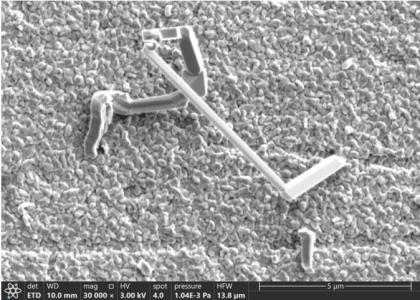Current Capacity and Effects of Vacuum of Tin Whiskers

To assess the risks induced by Tin Whiskers and to define mitigation actions.
The use of COTS (Commercial Off-The-Shelf) EEE parts together with lead free solder assembly are increasing the likelihood of tin (Sn) whiskers growing and causing issues or failures of flight equipment in service. When considering the growing use of COTS, several component package types are considered most at risk of this type of issue, such as flat packs and BGAs (Ball Grid Arrays). Both of these packages are becoming more common with fine pitches between the terminations, thus increasing the risk of a short-circuit caused by a whisker.Understanding the risks associated with pure tin usage is critical to the reliability and design of flight hardware. Unfortunately, the mechanisms for whisker growth are only partially explained. In particular, the whisker growth rate, the whisker dimension and the current needed to blow the whiskers need to be studied in a space representative environment (e.g. vacuum, thermal cycling, life test).This activity encompasses the following tasks :- literature review and state of the art to define most important parameters- Component selection and design work flows to carry out initial comparisons of whisker growth, and subsequent method to be deployed to carry out electrical measurements.- Procure components / materials required to carry out demonstrations of whisker growth in both ambient and vacuum environments - Using various elapsed times, measure and record whisker growths and characteristics. - Record and Compare then create a report mid term findings. - Using whiskers already grown, carry out electrical measurements.- Collate findings/recommendations for critical applications.
